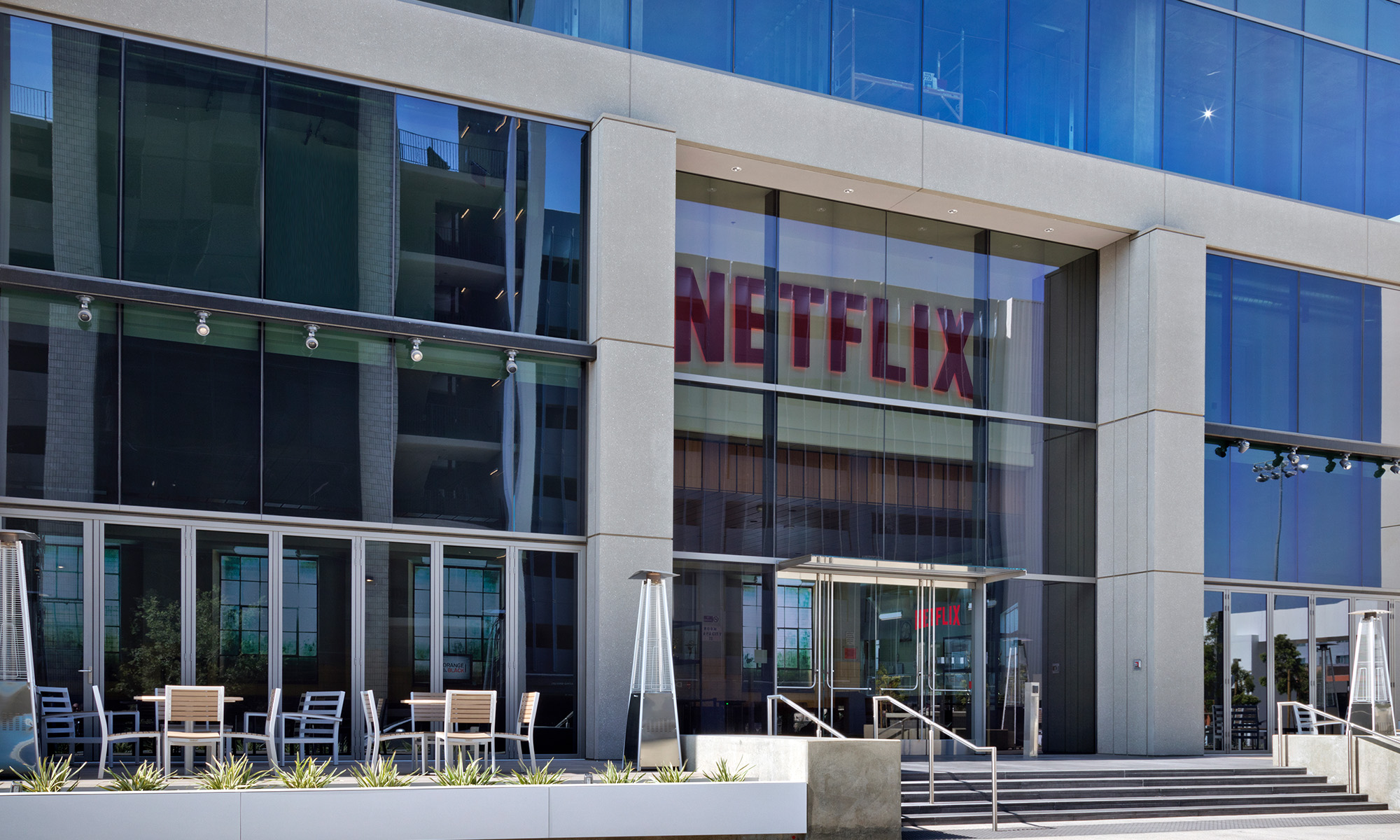Netflix (NFLX +0.09%) recently closed the books on a strong fourth quarter that included far higher subscriber gains than management had predicted. Yet the big finish wasn't enough to keep the streaming video giant from posting its first fiscal year of slower membership gains, year over year. The company ultimately added 28 million paying users in 2019, compared to 29 million last year.
Let's look at five standout numbers from the fiscal year.

Image source: Getty Images.
1. Revenue growth: 28%
With each passing year, its surging sales base means it is harder for Netflix to continue growing revenue at a quick rate, and that challenge was amplified in 2019 by the slower subscriber growth in its U.S. market. Yet two big factors, higher subscription prices for the U.S. market and booming demand internationally, offset those issues. In the end, Netflix's over $20 billion of annual sales represented a 28% increase compared to the prior year's 35% spike.
2. Operating margin: 13%
Last year was a reminder that there's lots of volatility around short-term growth targets, as Netflix management missed its forecast by a wide margin on several occasions. Yet Netflix's profitability has been on a steady path that demonstrates lots of control over this key metric. Management several years ago set a goal of expanding the figure by about 3 percentage points each year and has followed that. Operating margin in 2019 rose to 13% from 10% and has now gained almost 10 percentage points since 2015. Operating income was $2.6 billion, more three times its haul from just two years ago.
3. Home market price boosts: 13%
Netflix users in the U.S. are paying on average 13% more each month than they did a year ago, mostly due to the last round of price hikes, plus the added boost of migrations toward premium prescription plans. That $12.57 monthly fee is lifting sales and helping the company fund aggressive bets on original content while supporting deeper pushes into international markets.
On the downside, the fee appears to be high relative to rivals like Disney's and Apple's streaming services. That means Netflix may have to avoid price increase in 2020, at least until subscriber gains start to pick up again. The good news is the core metric that management tracks to judge its pricing power -- user engagement -- is still trending higher both in the U.S. and globally.
4. Tech spending: $1.5 billion
A lot has been written about Netflix's gushing red ink, with aggressive content spending pushing free cash losses to $3.3 billion this year. The company's tech innovation outlays don't get as much press, but they're also substantial and targeted directly at improving growth trends. Executives said in their shareholder letter that they allocated $1.5 billion toward their development needs, with some of that cash going toward supporting the building of an animation studio to compete with some of Disney's biggest names. In fact, Hastings said Netflix has many creators who used to work at DreamWorks, Pixar, and Disney Animation all working toward building to a release schedule of several major feature films per year.
5. Ratings for The Witcher: 76 million homes
Netflix's report contained plenty of support for management's argument that it has a big lead in a massive global streaming industry. Just five years after launching its first original film, for example, the company in 2019 led all film studios with 24 Academy Award nominations. Its December release of The Witcher was its biggest TV series yet (based on ratings), and the company is still finding many tweaks to its streaming or sign-up experience that are resulting in higher satisfaction and increased engagement. These wins underline the fact that new entrants like Disney have their work cut out for them as they aim to compete with the industry leader.






